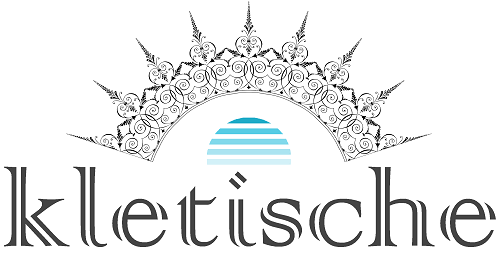Contents:
The art of communication is a delicate balance between form and function. It is not enough for communication to simply be aesthetically pleasing, it must serve a purpose and be useful to the audience. The challenge lies in making communication both artistic and useful.
This article delves into the relationship between form and function, exploring the difficulties of making communication both creative and professional. The aim is to provide insights into how to achieve artful communication that is not only visually appealing but also meaningful and impactful.
The Creative Miscommunicator
You’ll notice people get motivated to infuse their day-to-day communication with artistic flare. They’ll break out the thesaurus whilst writing their average email at work, and will almost rhyme their order at the local coffee place. In an attempt to make ordinary communication a little less boring, they’ll attempt to stand out from the crowd by fusing art into something meant to be functional.
This article is written to remind you that it’s okay to make your communications a little bit artistic in their presentation, but only if they’re useful first. Though it’s a good idea to make something average stand out once in a while, people often sacrifice function for form. They trade usefulness for artfulness, and will sometimes embolden what should remain unbolded.
The Relationship Between Form and Function
When others interpret the things we say and write, their desired series of events is to first realize meaning, and then recognize form. Whether it’s creativity, emotion, or confusion, an instance in which form (how you say it) takes precedence over function (what you say) doesn’t elicit positive reactions from people around us.
For instance, the phrase, “Can you close the door?” is straightforward in its meaning. To elicit a more positive response, its form can be changed to, “Can you please close the door?” In that instance, the meaning of the phrase would stay intact, whilst its form would help you facilitate its desired effect on others.
This balance between form and function is what you should strive for in your communication. Infuse the form of your phrases, statements, and sentences with aspects which would help facilitate their understanding and perception. However, never allow form to take precedence over function. Someone contriving an overly creative way to ask another to close the door would be looked at with confusion. “You could just tell me to close the door, man,” they’d be likely to respond.
Along the same line, if you infuse the form of your statement with excessive emotion – such as anger – you’ll also serve to highlight a disregard for function. Infusing too much emotion in the delivery of your communication, takes focus away from its function. People will begin to react to the form of your communication with them, rather than what it is functionally intended for. Yelling, “Can you close the door for once?!” at your significant other would be too pressing in its form to elicit a positive response to what you functionally desire to happen.
The Challenge of Making Something Useful As Well As Artistic
The task of infusing art into function is thereby a nuanced and situational one. Your goal, should be to change your communication just enough to be considered more artistic than its blandest form. More importantly, you should retain the understanding of everybody who would understand that bland version of your communication. Having that latter piece in mind will help you in infusing creativity into your commentary, opinion, statements, and other forms of communication. Ensure that you never sacrifice understanding for a more desirable form, when attempting to make communication more artistic.
The quest for infusing art into our communication with others thereby turns into one of mastering simplicity. We’re forced to creatively conjure ways to speak and write things in a digestible, yet creative manner. Though it may sound simple enough on paper, executing it with perfection is a difficult thing to do. Remember to keep in mind the requirement of function to always come ahead of form. Ensure that your communication to others elicits its desired effect first, and only then adds onto your audience’s understanding with a hint of aesthetic.
